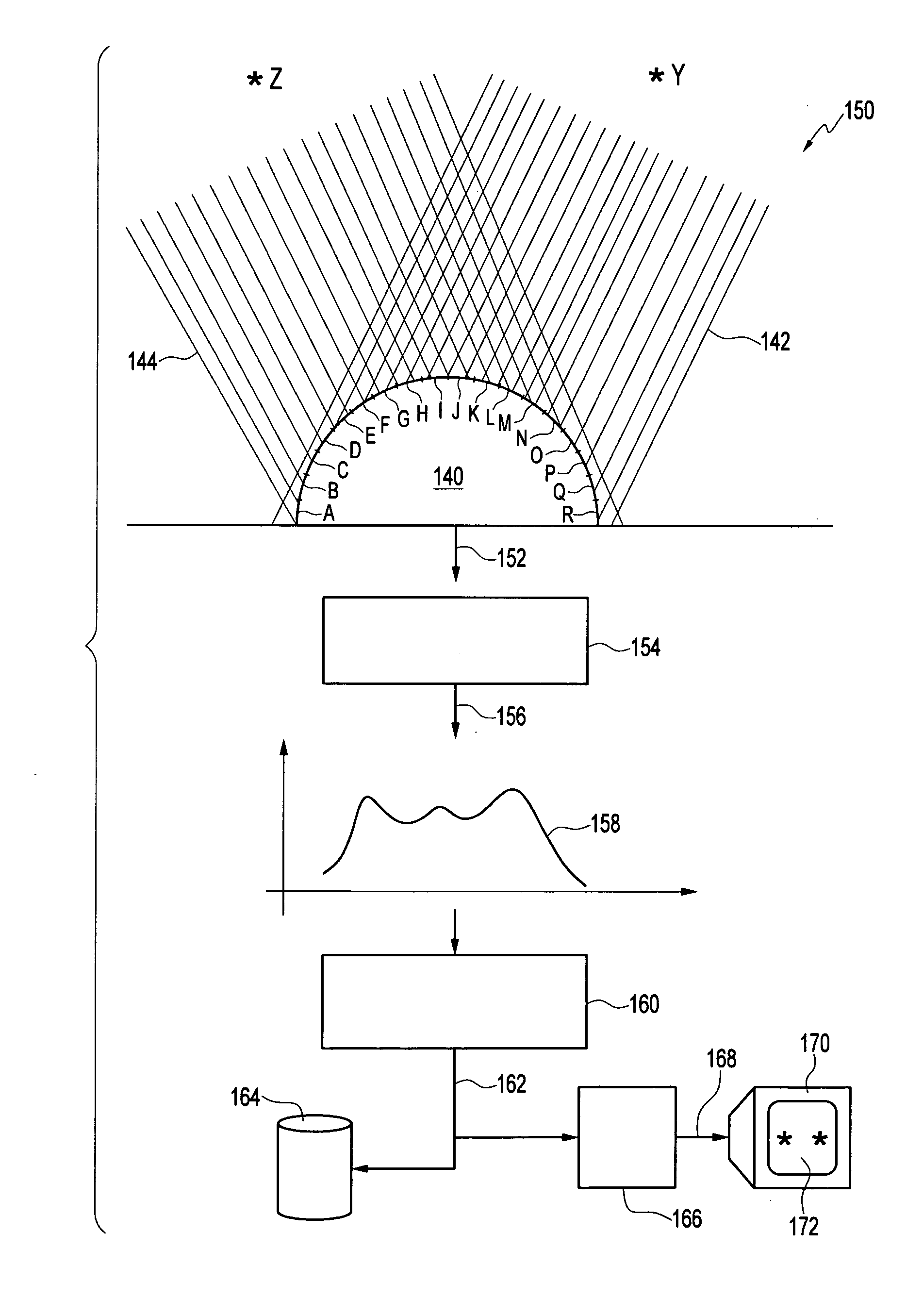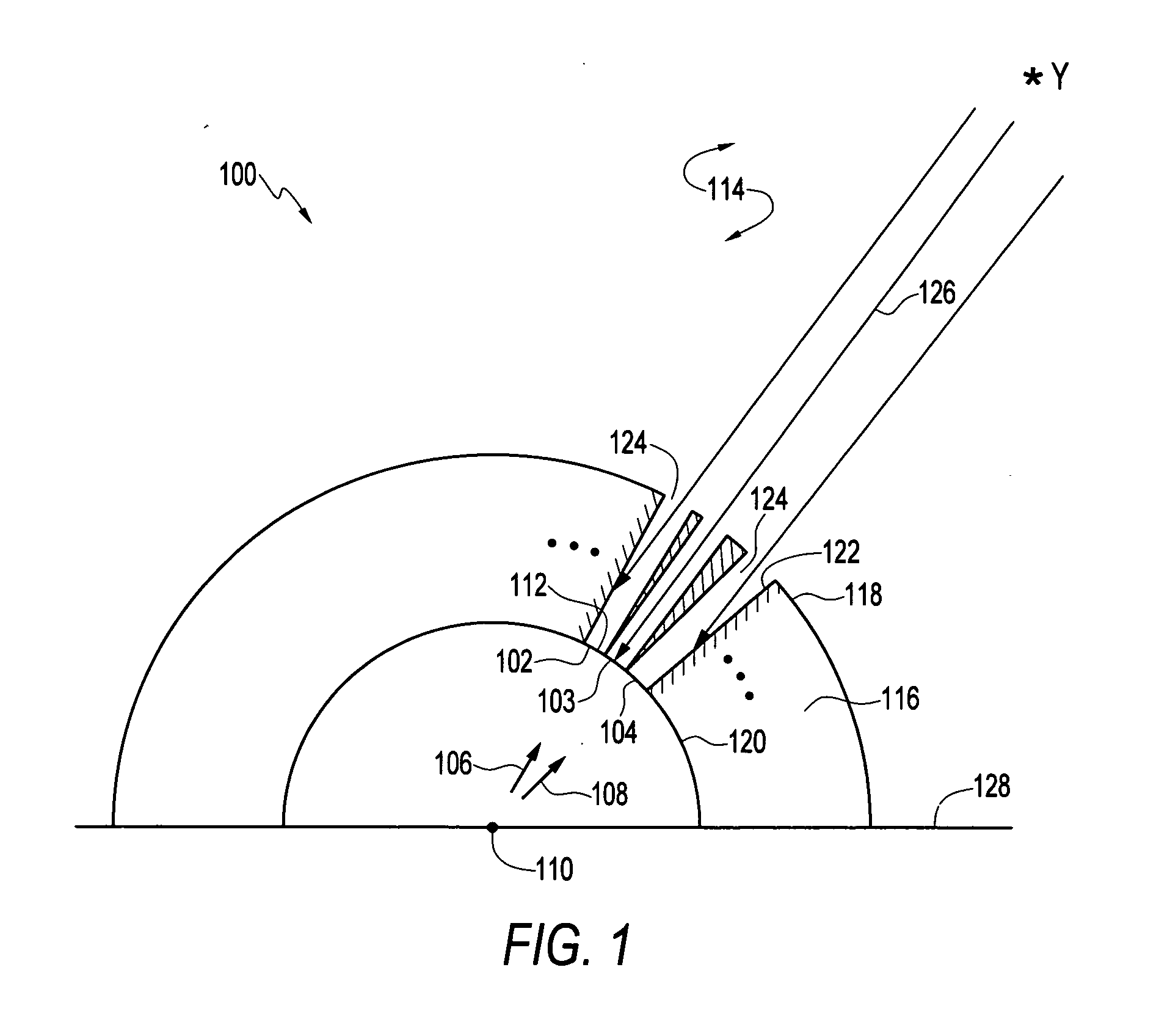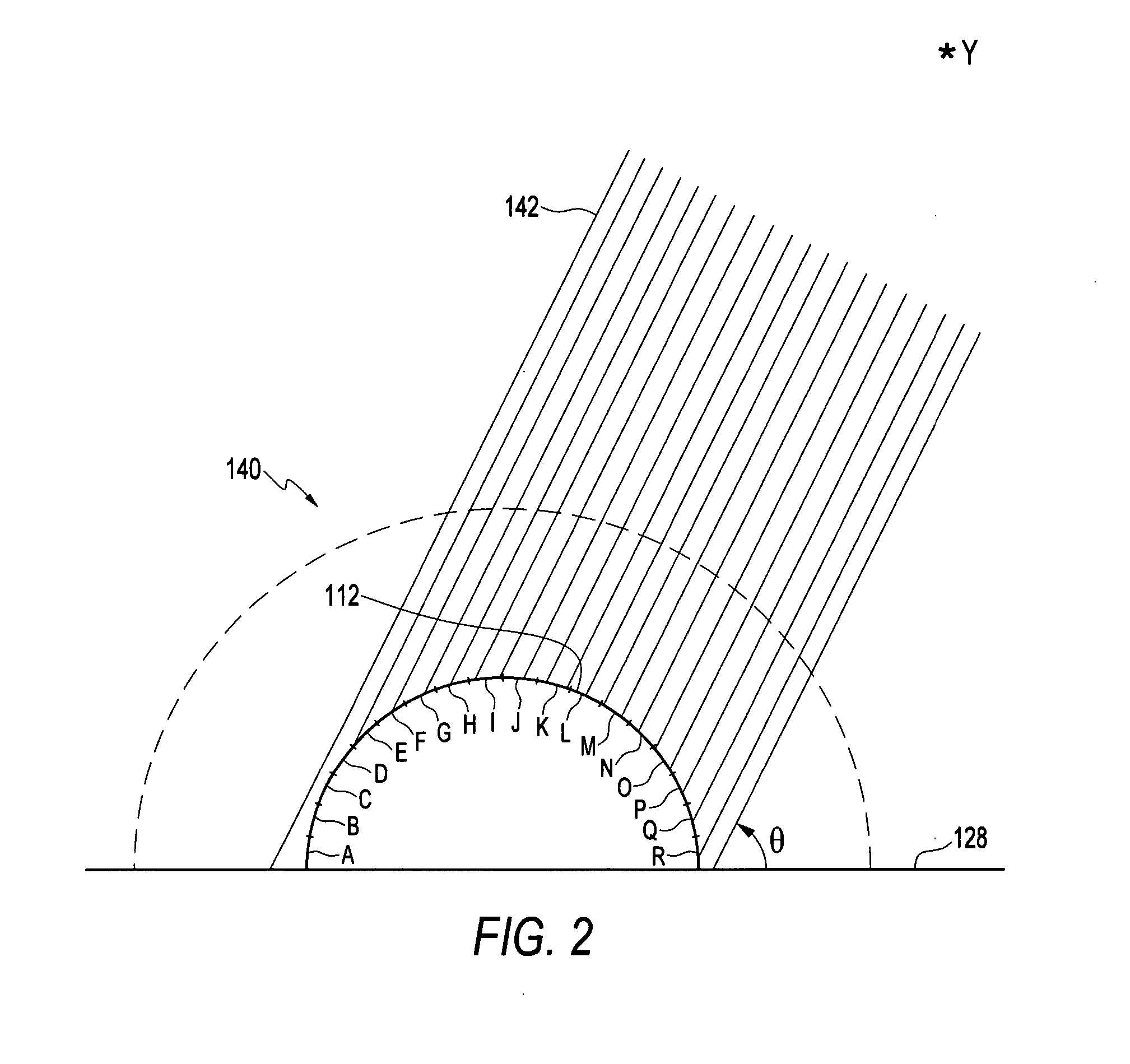Imaging system
a technology of imaging system and image, applied in the field of digital imaging system, can solve the problems of inefficient use of available light by pinhole cameras, negligible difference, inability to form images, etc., and achieve the effect of convenient reconfiguration, high efficiency, and convenient manufacturability
- Summary
- Abstract
- Description
- Claims
- Application Information
AI Technical Summary
Benefits of technology
Problems solved by technology
Method used
Image
Examples
Embodiment Construction
[0034] The present invention will be described as set forth in the exemplary embodiments illustrated in FIGS. 1-15. Other embodiments may be utilized and structural or functional changes may be made without departing from the spirit or scope of the present invention. Like items are referred to by like reference numerals.
[0035] In a first aspect, the present invention relates to a digital imaging system adapted to receive an optical input signal from one or more remote active or passive light sources and produce an image output signal corresponding to the optical signal. The invention may include a display device adapted to display a visual image according to the image output signal, and may further include a storage device adapted to store the image output signal for display at another time. In one aspect, the invention includes a sensing system for sensing light intensity arriving from a plurality of directions with respect to the sensing system. According to one embodiment of the...
PUM
 Login to View More
Login to View More Abstract
Description
Claims
Application Information
 Login to View More
Login to View More - R&D
- Intellectual Property
- Life Sciences
- Materials
- Tech Scout
- Unparalleled Data Quality
- Higher Quality Content
- 60% Fewer Hallucinations
Browse by: Latest US Patents, China's latest patents, Technical Efficacy Thesaurus, Application Domain, Technology Topic, Popular Technical Reports.
© 2025 PatSnap. All rights reserved.Legal|Privacy policy|Modern Slavery Act Transparency Statement|Sitemap|About US| Contact US: help@patsnap.com



